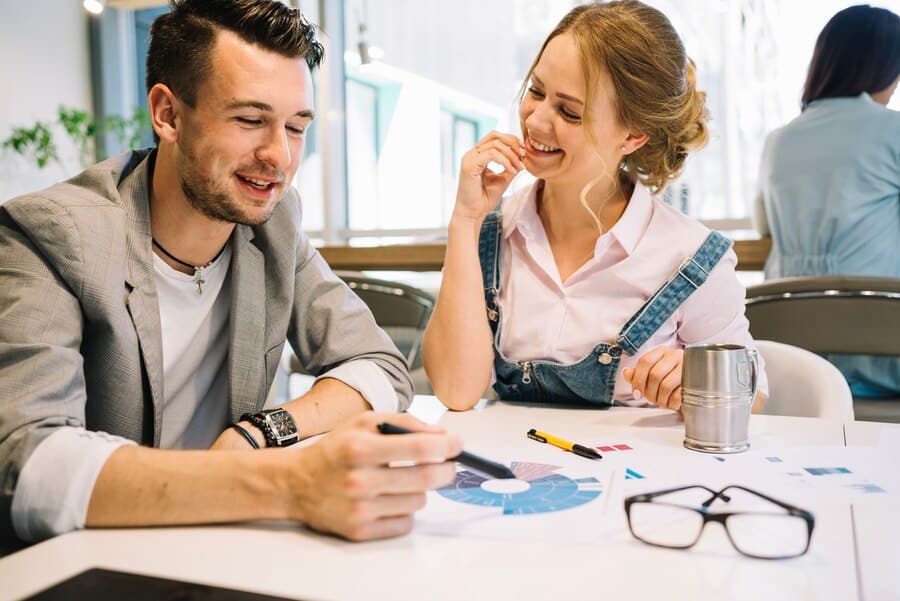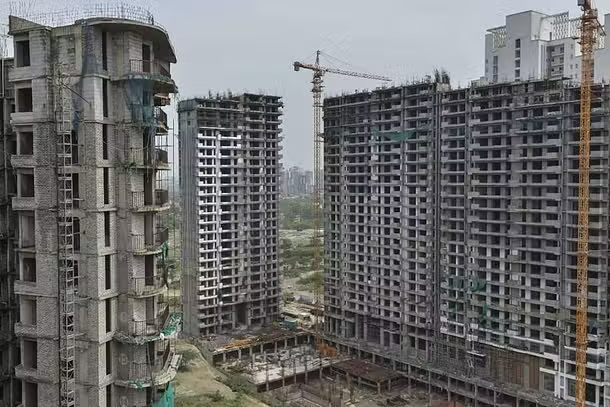In the dynamic world of business, networking has emerged as a cornerstone for the growth and sustainability of Small and Medium Enterprises (SMEs). Beyond traditional business operations, effective networking offers SMEs opportunities to expand their reach, build relationships, and stay competitive in a fast-paced market.

Access to Opportunities
Networking acts as a gateway for SMEs to uncover new opportunities. Whether it’s connecting with potential clients, investors, or suppliers, strong professional relationships can open doors that might otherwise remain closed. Participation in industry events, trade fairs, or local business associations provides a platform for SMEs to showcase their capabilities and forge valuable partnerships.
Knowledge Sharing
For SMEs, staying updated with market trends and best practices is crucial. Networking facilitates knowledge sharing, where business owners can learn from the experiences of others. Peer interactions often offer insights into overcoming challenges, adopting innovative strategies, and staying resilient in changing market conditions. This exchange of ideas is especially beneficial for SMEs that may lack the extensive resources of larger corporations.
Building Credibility
A robust network helps establish an SME’s credibility in its industry. Collaborations with trusted entities enhance reputation and increase visibility. Word-of-mouth recommendations and referrals from networking contacts often lead to higher trust and stronger customer relationships, which are essential for long-term success.
Cost-Effective Marketing
Networking is a low-cost, high-impact marketing strategy. Engaging with like-minded professionals and communities not only promotes your brand but also allows you to connect with a targeted audience. SMEs can leverage platforms such as LinkedIn, local chambers of commerce, or co-working spaces to spread awareness about their offerings without heavy expenditure.
Mutual Support and Collaboration
The power of networking lies in mutual benefit. SMEs can collaborate to pool resources, share infrastructure, or co-create solutions, significantly reducing operational costs. Strategic alliances often result in innovative offerings that cater to evolving customer needs, boosting competitiveness.
For SMEs, networking is not just an option; it’s a necessity. It fosters growth, drives innovation, and builds resilience in an ever-evolving business landscape. By actively engaging in networking, SMEs can transform challenges into opportunities, ensuring a sustainable and prosperous future.
Investing time and effort in building a strong network is, undoubtedly, one of the smartest moves any SME can make.

















